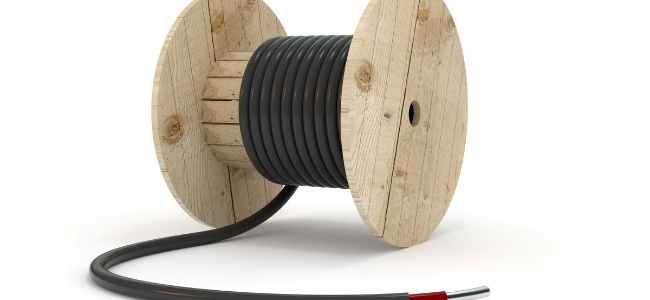No matter how big or small your homes or offices are, you need cables to keep you powered and running. It is said that an average home has around 2 miles of cable running through. Although most of the time your coiled cables are out of sight, you have to choose them wisely. Often choosing the right coiled cable can be the secret to the smooth functioning of homes and offices.
Let us take a closer look at the types of cables and their uses.
Wires and Cables
Sometimes people use the terms wires and cables interchangeably. However, wires are conductors carrying electrical current through a circuit and cables are a collection of wires wrapped together. Most of the conductors are copper, mainly because it is corrosion resistant and has a greater conductivity than aluminium. However, aluminium is cheaper and lightweight. There are specific regulations for wires and cables used for electrical applications. You have to choose the wires and cables accordingly.
How to Identify Wires and Cables?
Most of the wires are easy to identify if you know where and what to look for. Every jacket has printed information on it for ease of choice. The attributes of the wire, along with material, gauge, and voltage rating, are expressed in a letter code.
Some common letter codes for wire are THHN, XHHW, and THW, among others. THHN is the most common type of wire in conduit and cable trays for services, feeders, and branch circuits across commercial or industrial applications. The letter codes and attributes commonly seen in residential wiring are:
- T: Thermoplastic insulation
- H: Heat resistance
- HH: High heat resistance
- W: Suitable for wet locations
- N: Nylon coating, resistant to damage by oil or gas
- X: Synthetic polymer, flame resistant
Likewise, the colour of the wire also helps in identification. For instance,
- Black: Hotwire for switches or outlets
- Red: Hotwire for switch legs and connecting to hardwired smoke detectors
- Blue and Yellow: Hotwires pulled through conduit; blue for three- or four-way switch applications, and yellow for switch legs to control fans, lights.
- White: Neutral
- Green and Bare Copper: Only for grounding purposes
Types of Cable
Like wires, cables also come in various colours and shapes. Some of the common cables are:
Armor-Clad (AC) Cable – these are THHN-insulated conductors with 16-gauge aluminium bond wire placed within the armour to act as a grounding conductor.
Automotive Cable – these are General purpose thermoplastic (GPT) or primary wire, used within motor vehicles with some degree of exposure to fluids, physical wear and tear.
Category Cable – these are used in phone systems and data networking systems. Cat 5e is the most common variety of category cable and the conductor pairs are twisted together to prevent crosstalk and interferences.
Coaxial Cable – these metallic cables carry television and video signals and connect to video equipment.
Flexible Cord – this cord is used for industrial machinery, and household appliances such as washing machines, portable tools, equipment for extension or power cords.
Landscape Lighting LV Cable – this is an underground cable suitable for outdoor accent lighting, landscape lighting, and security lighting. It is used for direct burial and is suited for sunlight.
Metal-Clad (MC) Cable – this is used in commercial electrical work and includes a grounding wire.
Mobile Home Feeder – this cable connects a mobile home to an electrical supply where permanent wiring is required.
NM-B – the Non-metallic sheathed cable is used as a residential building wire for branch circuits for outlets, lighting, and other residential applications.
Service Entrance Cable – these are individual conductors rated XHHW-2 or THHN/THWN that feed power from the main breaker to a subpanel.
Conclusion
As you can see, different kinds of wires and cables keep your offices and homes powered and functioning. As a malfunctioning cable or wire can result in a potentially life-threatening hazard, it is of utmost importance that you follow all safety guidelines and precautions while choosing and installing them. To buy a wide range of cables at affordable rates, click here.

